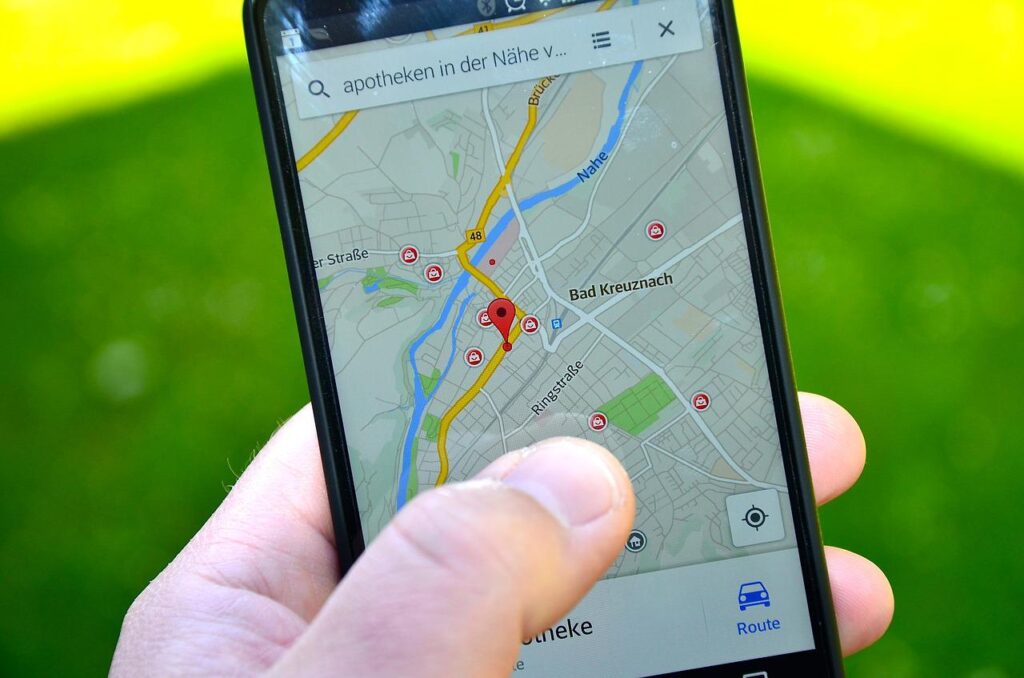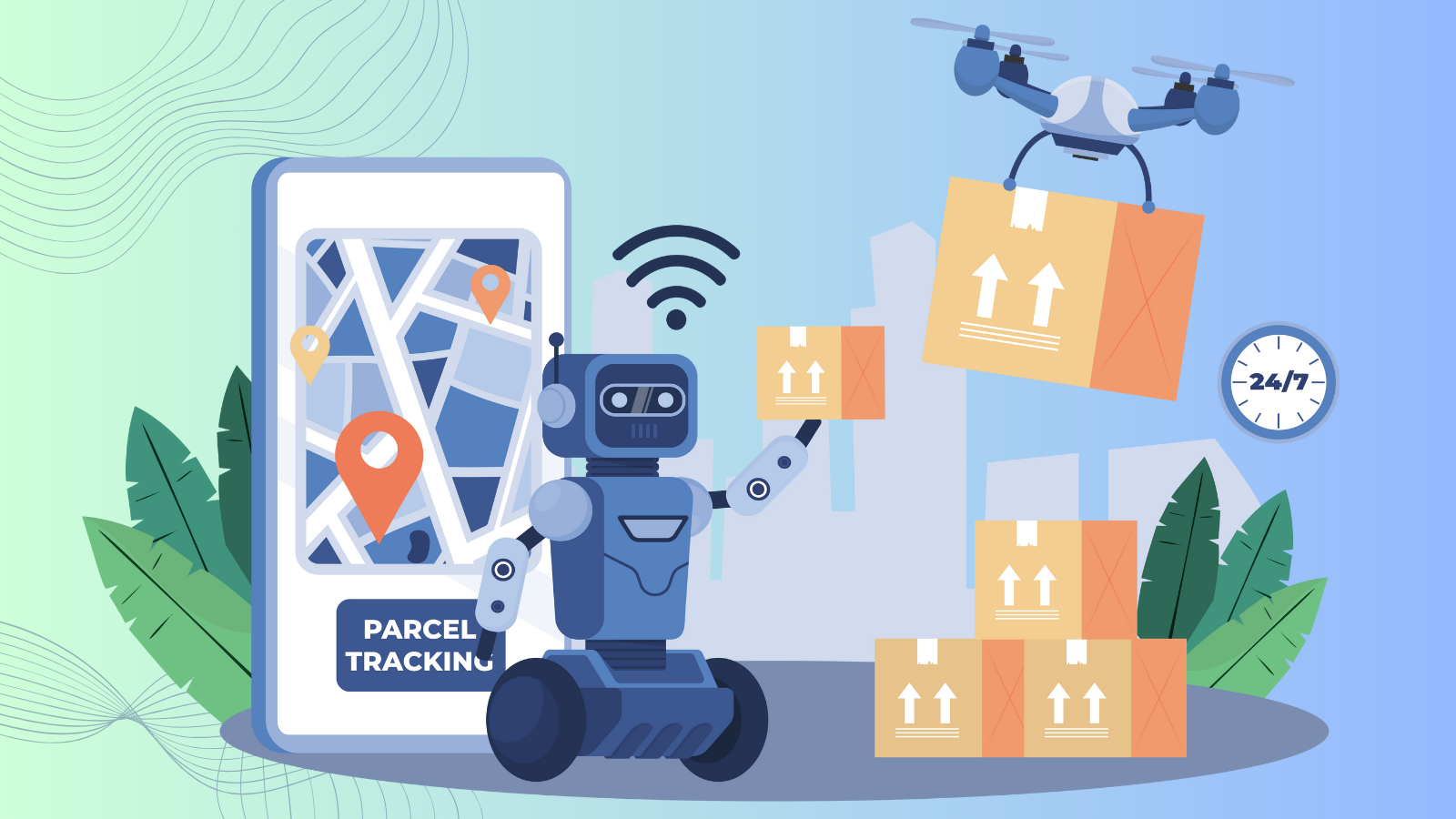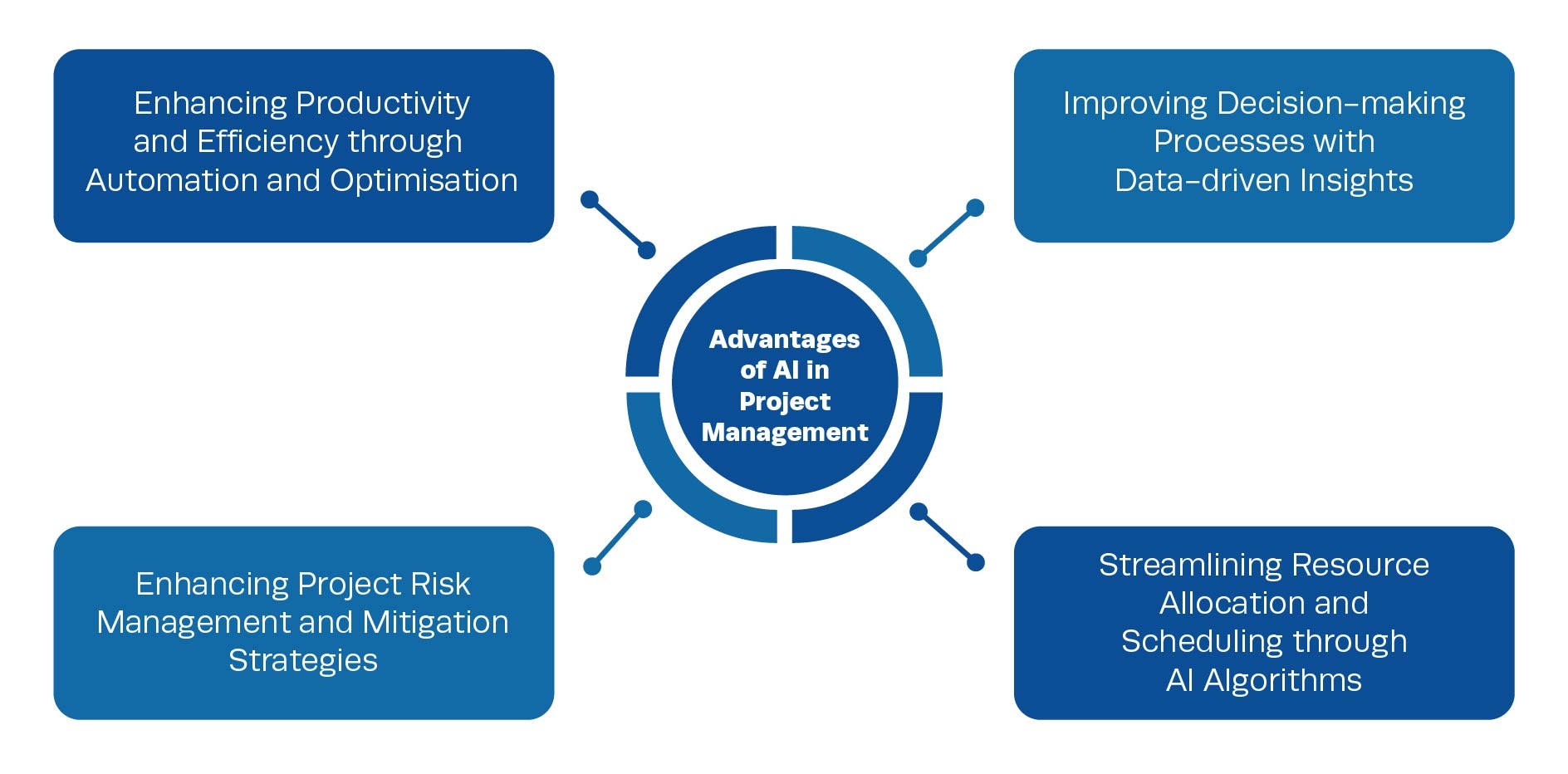Introduction
Route optimization is the process of determining the most cost-efficient route. It is a solution for so-called vehicle routing problems (VRPs). Route optimization is not just finding the shortest path between two points. Route optimization process must account for all relevant factors involved such as the number and location of all stops on the route, arrival/departure time gap, effective loading, etc.
The Vehicle Routing Problem or VRP is the challenge of designing optimal routes from a depot to a set of destinations each with business-specific constraints, such as vehicle limitations, cost controls, time windows, resource limitations concerning the loading process at the depot, etc.
The first classic VRP is known as the traveling salesman problem (TSP), which originated in the early 1800s and became widespread in the days when door-to-door salesmen peddled vacuum cleaners and encyclopedias. As time evolved, VRP was categorized into much more sophisticated tasks involving large chunks of data.
Real-world VRPs comprise of hundreds or thousands of nodes. The time required to solve them is growing relative to the size of the problem. For sufficiently large problems, it could take years to find the optimal solution. Exact methods like integer linear programming (ILP) are rarely used in practice because they are extremely slow and can solve only very small problems with a few orders”. Hence, routing solutions often rely on heuristics to be able to quickly return good enough but not necessarily optimal solutions.

Pickup and Delivery Vehicle Routing Problem (PDVRP)
A very common problem or complication arising as a part of the vehicle routing problem is pickup and delivery vehicle routing problem (PDVRP). PDVRP is the problem that occurs due to simultaneous delivery and pickup attempts. The problem is determining and assigning a route for delivery as well as pick up of goods while optimizing the length of the route.
The objective of vehicle routing problem with delivery and pickups is to be able to serve multiple suppliers within a specific, predetermined time window at a minimum cost. At the same time ensuring that factors like vehicle capacity and the total trip time applicable for each vehicle are not violated.
Each vehicle picks up items/passengers at location A and drops them off at location B. No depot is involved. Usually with PDVRP, we talk about simultaneous delivery and pickup. A common case is on-demand transportation supplying services in direct response to customer requests (e.g., taxi, shuttle service, buses, etc.). Associated with origin and destination, routing results in paired pickup and delivery points.
Capacitated Vehicle Routing Problem (CVRP)
Capacitated vehicle routing problem emerges because of established vehicle capacity limitations. It’s a challenge that can be solved by planning delivery trips for vehicles in such a way so that an optimal number of customers can be catered to in the most efficient way, however achieving this is not easy.
The number of possible customer-route combinations, to ensure highly efficient deliveries, simply explode and the scale of possible combinations grows super-exponentially as customers increase. It’s close to impossible for a human brain to consider hundreds of possibilities and borrow down on the most efficient combination that solves the capacitated vehicle routing problem.
However, advanced analytics tools driven by self-learning algorithms and artificial intelligence, have the capability to compute such complex possibilities and generate accurate results. Hence, digitalizing routing processes become key with regards to solving the capacitated vehicle routing problem.
Since each vehicle has a maximum load capacity, we must always consider the weight and volume of what’s being transported. The challenge is to save costs by transporting more goods in one trip without exceeding the vehicle’s capacity. There might be additional complications like:
- different dimensions of cargo to deliver/pick up,
- different capacity of each vehicle,
- multi-compartment vehicles,
- multiple depots,
- limited subset of vehicles that have a specific facility in demand (e.g., a freezer compartment).
Vehicle Routing Problem with Time Windows (VRPTW)
In case of VRPTW, often customers are available during a specific period of time only. This places limitations on delivery/pick-up time, as now a vehicle must reach a customer within a prioritized timeframe. When a time window opens, a vehicle should serve the customer. It may arrive beforehand, but, by no means, outside the set time window. Falling behind schedule can significantly drop customer satisfaction level leading to profit loss in the long run.
This defines the need to schedule rides but do it in the most cost-efficient way, where time windows can be:
- Soft time windows – serving outside the time window is allowed, but it entails penalties,
- Hard time windows – no time violations are permitted. If a vehicle arrives too early, it must wait until the time window opens; and it is not allowed to arrive late,
- Multiple time windows – a set of non-overlapping time windows with different lengths,
- Disjoint time windows – arriving between two-time windows, a vehicle must wait until the next time window opens.
Advantages of Vehicle Routing Optimization
Modern vehicle routing solution use machine-learning-based solutions which allows;
- Increase fleet efficiency – By helping gain 100% visibility of on-ground surface operations to enable delivery stakeholders to prepare for delays, route diversions, and unnecessary stoppages. The yielding enhanced fleet visibility further helps fulfil even the most constricted delivery timelines that empower business operations and customers alike.
- Reduce fuel costs – By finding an optimal route in terms of fuel consumption as well as the distance to be covered, modern vehicle routing tools help optimize the cost of delivery operations. The resulting routing solutions also help monitor fuel consumption and allow better management of routes.
- Increase customer satisfaction – Real-time dynamic routing offered by modern vehicle routing software makes it possible for stakeholders to maintain constant two-way communication with customers for a longing positive impact. The customers feel empowered when allowed to pick or modify their delivery slots. At the same time, if a delay occurs, the possibility of keeping them in the loop yields satisfaction to boost tangible as well as intangible profitability per order.
- Machine Learning-Based Routing – Modern vehicle routing solutions runs in machine-learning principles and tools that thoroughly analyze collected historical data, KPIs of previously serviced routes to create highly optimized routes between destinations. Consequently, the yielded routes are largely free of hurdles from uncontrollable conditions like weather, traffic congestion, delivery urgency, type of delivery, contents of delivery, etc. Each delivery made by a vehicle routing software run on machine-learning based route planning can help companies save money and time alike.
- Intelligent Allocation – Unlike traditional vehicle routing methods, integration of technology and automation to the supply chain via vehicle routing software can help intelligently allocate shipments to last-mile agents in a logical sequence. By automatically factoring in requirements and then suggesting an optimal allocation plan, such tools make the whole ecosystem time as well as cost-effective.
Conclusion
The robust technology-oriented solutions and tools that serve as a part of a solution to tackle the vehicle routing problem provide the end customer with a range of services that eventually contribute to enhancing the overall customer experience.
Vehicle routing tools offer end-to-end visibility of delivery progress, generates highly accurate ETA’s, seamlessly accommodates last-minute changes in delivery location and/or time easily, informs the customers in advance of any potential delays, ensures a quick turnaround time, and even promotes the possibility of same-day deliveries.
All these factors, cumulatively, hence, enhance the customer experience and add to a customer’s delight, also helping retain customers for long. many businesses still opt for an in-house solution, either to work on something heavily customized, or to ensure the safety of their client’s data. The nature of every problem is different, and, in such cases, the off-the-shelf solutions might not be able to cater to this problem. Every delivery optimization problem has a focus on minimizing a set of parameters specific to the company based on their preference.











